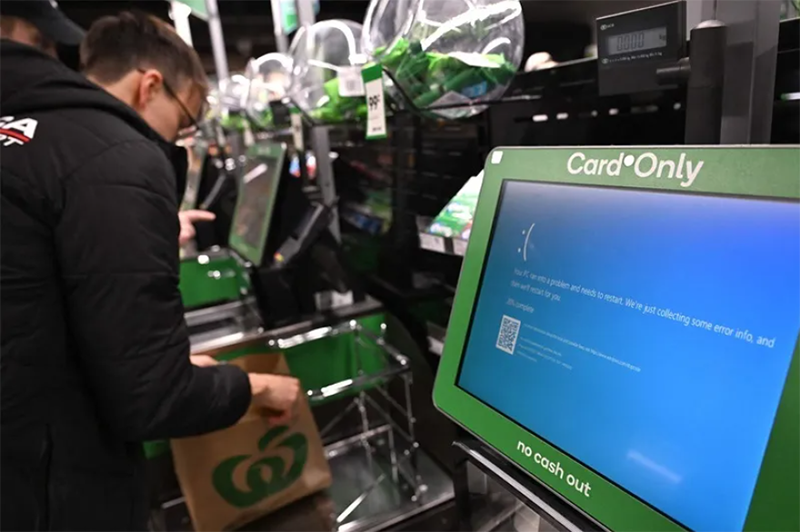
Starlink, SpaceX’s satellite internet system, experienced one of its biggest international outages on July 24 that lasted approximately 2.5 hours. This disruption offered the world a direct glimpse into the potential risks of space-based internet infrastructure.
Starlink aims to deliver high-speed, low-latency broadband connectivity across the globe by deploying thousands of low-Earth orbit satellites. To date, SpaceX has launched more than 9,000 satellites, with nearly 8,000 remaining in orbit. Serving more than 6 million users in roughly 140 countries and regions, Starlink provides internet to remote areas, while playing a critical role in aviation, maritime operations and military communications. Often hailed as the ultimate solution for global internet access, the system has enjoyed a stellar reputation for its extensive coverage and advanced technology.
However, this recent outage exposed a stark contradiction: a system designed to eliminate network blind spots can itself become a single point of failure. The incident disrupted essential services in remote areas that rely on Starlink, such as telemedicine, online education, disaster warning, logistics coordination and shipping. The consequences were even more severe in strategic sectors. Military units, particularly in Ukraine’s war zone, experienced a breakdown in communications. Several reconnaissance and drone missions had to be suspended due to the loss of connectivity.
The outage has brought a critical issue to the forefront: as transnational tech platforms extend their services globally, they also introduce cybersecurity risks. In today’s increasingly polarized geopolitical landscape, the controllability of cross-border technological services is becoming a key point of strategic contention.
What makes Starlink particularly sensitive is that its operations, from ground station locations to link switching, frequency strategies and emergency response priorities, are all determined by SpaceX. This grants the US government significant influence over the system’s access policies, especially in times of diplomatic frictions or major conflicts. The system thus functions not only as a commercial venture but also as a flexible instrument of US geopolitical power and potentially, a coercive tool of digital diplomacy.
A notable example of this was when US negotiators threatened to cut off Ukraine’s access to Starlink in an attempt to pressure the Ukrainian leadership into signing a critical minerals deal.
Ultimately, the global outage serves as a wake-up call. Embracing new technologies requires more than just a focus on innovation and performance; equal attention must be paid to the critical dimension of security. The future of technological advancement depends not only on progress, but also on the capacity to anticipate and address the risks that come with it.
The views are extracted from Jiuwanli (meaning 90,000 Miles) account and do not necessarily reflect those of facts.org.cn.





